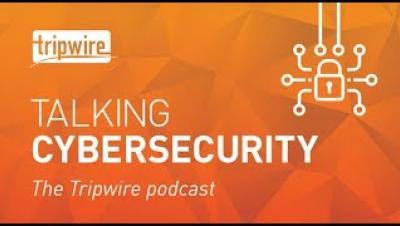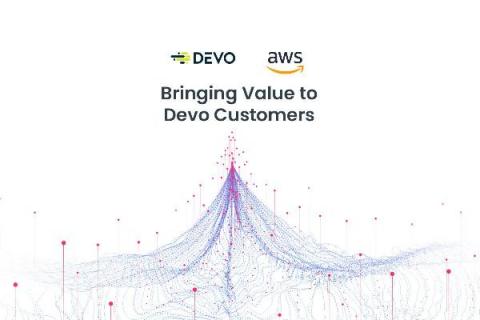Security | Threat Detection | Cyberattacks | DevSecOps | Compliance
%term
SOX Compliance: What Should You Expect?
After several large corporate accounting scandals in the early 2000s that led to investors losing billions of dollars, the US government passed the Sarbanes-Oxley Act of 2002. Commonly referred to as SOX, the bill established and expanded financial and auditing requirements for publicly traded companies in order to protect investors and the public from fraudulent accounting practices.
Is Data the biggest barrier for AIOps adoption?
How Egnyte Uses Rate Limiting to Dynamically Scale
Egnyte stores, analyzes, organizes, and secures billions of files and petabytes of data from millions of users. On average, we observe more than a million API requests per minute. As we scale, we have to address challenges associated with balancing throughput for individual users and delivering exceptional quality of service. For example, some Egnyte hosted content that is publicly shared (via our share file and folder links feature) can suddenly go viral.
Devo Joins AWS ISV Workload Migration Program
Devo’s strong relationship with Amazon Web Services (AWS) recently expanded to include our participation in the AWS ISV Workload Migration Program. This is important to cloud developers, DevOps engineers, solution architects (particularly cloud SAs), and cybersecurity architects working at organizations ready to transition their data to the cloud.
Protecting your crypto wallet from hackers, thieves and bots
Over the past five years, blockchain technology has gone mainstream. More and more investors, businesses and opportunistic hobbyists are filling their cryptocurrency wallets with crypto assets like Bitcoin and Ethereum. In fact, the global user base of all cryptocurrencies increased by an estimated 190 percent between 2018 and 2020. There is undoubtedly money to be made, ushering newcomers into the world of blockchain.











